-
Welcome!
In pampy's post February25a;
🍎 10 ways to enjoy water and hit your optimal hydration
🍎 The difference between glucose & fructose carbs
🍎 My power:weight cycling experiment - does weight matter?
🍎 Why I'm loving 'Nutritional Yeast'
🍎 FEBRUARY "Women's Respect Program" & "The Man Plan" STARTS

-
Water Works!
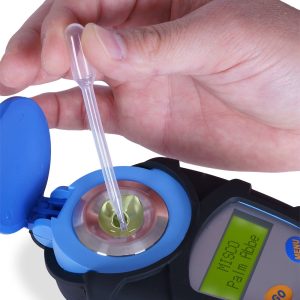 It's a typical hot Australian summer, and my observations indicate that most people's hydration levels are suboptimal. I've been testing hydration via a urine refractometer which compares the specific gravity of urine with that of distilled water. Basically, optimal hydration shows when the balance between minerals & H2O sits between 1.010 to 1.030. <1.005 indicates excess water and low minerals and 1.040> shows low in water. Most people show 1.040+.
It's a typical hot Australian summer, and my observations indicate that most people's hydration levels are suboptimal. I've been testing hydration via a urine refractometer which compares the specific gravity of urine with that of distilled water. Basically, optimal hydration shows when the balance between minerals & H2O sits between 1.010 to 1.030. <1.005 indicates excess water and low minerals and 1.040> shows low in water. Most people show 1.040+. Dehydration can leave you;
🥵 Slugglish & flat late in the day
🥵 Hungry for sweets just after lunch – and dinner
🥵 Flagging in the latter part of your exercise session
🥵 Waking up with a slight headache – and waking up much earlier than usual
Often, we forget to drink water or find it boring.
Here are 10 ways to jog your memory and entertain your taste buds.
Water inclusion
An additional benefit to rehydrating
Slice of Lemon/ Lime
An immune booster
Fresh mint
Perfect for a bloated tummy
Aloe vera
Cleans the digestive system
Ginger
Metabolism booster
Cucumber
Helps thermoregulating cooling
Herbal Tea
Fights inflammation
Honey
Aids digestion
Tumeric
Fights colds & flu
Coconut
Satiate the appetite
VOOST Magnesium Tabs
Great for muscle relaxation
-
Power:Weight Matters
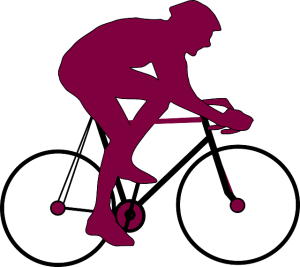
🛞 At the end of the year, I gathered three friends for an experiment.
🛞 Our experiment aims to explore the extent to which weight affects cycling power and, as a result, performance.
🛞 We have similar fitness levels and biking skills.
🚴🚴🚴🚴
🛞 We added weight to each rider to weigh exactly 60, 70 , 80 & 90kgs, respectively.
🛞 We measured our power holding exactly the same speed, 15 kph, on a steady 8% incline, taking 15 minutes to complete the measured segment. The results are the average of 'four' (recovered) reps.
🛞 We are all using the same calibrated "Quarq" power meter.
🚴🚴🚴🚴
The results
🛞 All four riders completed the course four times (with a short recovery) in exactly 15 minutes (per rep), holding the exact speed over the entire repetition.
🛞 Heart Rate, Breath Rate, & Blood lactate were not tested.
🛞 Listed: The average watts over four runs at the exact speed.
Matt: 60kgs
Rick: 70kgs
Brad: 80kgs
Roly: 90kgs
244 watts
279 watts
317 watts
356 watts
Our findings
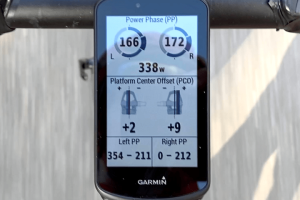
If you're riding uphill, having a lighter weight is advantageous. Oh doh. However, a heavier weight in muscle mass (lean muscle mass) is generally associated with greater power and strength. So, can Matt keep up with Roly on flat terrain? Absolutely not! However, Roly could explore a program focused on losing fat while maintaining his power. Most keen cyclists would benefit from losing 1-3 kgs of unnecessary body fat. Understanding, based off our uncontrolled experiment, if Roly lost 3kg of body fat, and maintained his lean muscle mass & power, at the same speed, time & terrain he would have completed reps ~ 12 less watts, making it easier. “Easier” would show in his heart rate, blood lactate and likely perceived effort. After several days of uncontrolled testing, we averaged that ~ 10kg demanded an additional 40 watts of effort on the same hill at a given speed.
-
Fructose vs Glucose
-and how they relate to energy-
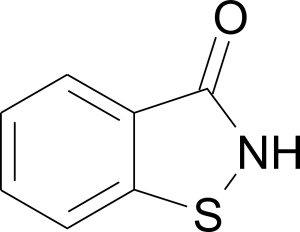
On February 10, 2025, the 14-Day Reboot #19 will begin - stay tuned.
As with the previous 18 models, we will again focus on reducing unnecessary dietary sugars, and where needed, we will explore alternative options for some starchy carbohydrates as well.
Note: Based on my 30+ years of dietary observation, I estimate that only about 10% of the population truly benefits from including higher amounts of carbohydrates, including sugars, in their diet. Those who exercise more than ten hours a week, active males under 25, or those whose parents have remained lean should feel free to increase their carbohydrate intake! The rest of us, read on…
Fructose and glucose are both simple sugars, known as monosaccharides, that serve as primary energy sources for the body. Glucose is found in a variety of foods, including fruits, vegetables, and grains. Fructose naturally occurs in fruits, honey, and certain vegetables. However, it is most commonly associated with refined sugar, which is added to 80% of supermarket foods.
They differ in their chemical structures, metabolic pathways, and effects on the body.
In this brief information post, we will examine the differences in metabolic pathways.
Glucose can be metabolised by all the cells in the body and provides a readily available, reliable source of energy. This means that when you read this post or get up to walk over to the water fountain or exercise this afternoon, you will use some glucose for energy, which is beneficial!
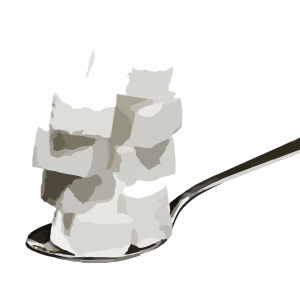
On the other hand, fructose is primarily metabolised in the liver. As a result, most of the energy derived from fructose is converted into fat and stored, meaning you don't have a great opportunity to use it as immediate energy.
Further, research indicates that fructose may trigger the brain's reward centres, which could lead to overconsumption and addiction. This is why the reboot, and my other weight management programs typically practice zero sugar.
For those preparing to practice the 2025 Reboot#19, please note that we will be reducing, if not eliminating, fructose, as energy (kinetic & potential) is one of the key reasons.
Note: Some people may thrive on fructose consumption, even in refined forms.
-
Is NUTRITIONAL YEAST worth your interest?
I have been consuming Nutritional Yeast daily for the past three weeks, and as a result, it will be featured in this year's reboot #19.
What is it?
🌾 A deactivated (meaning, it’s dead) strain of yeast, usually Saccharomyces cerevisiae
🌾 A close relative of brewer's and baker's yeast
🌾 Sold as a powder, granules, or flakes (I am using the Bragg brand)
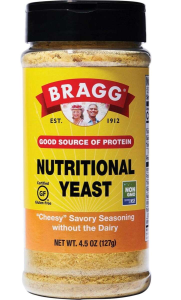
What does it taste like?
🌾 Has a savoury or nutty, flavour – however, the Bragg brand offers a subtle cheesy addition (I like it)
🌾 A great alternative to salt, sugar, or fat
What it contains
🌾 Protein
🌾 Fibre
🌾 B vitamins, including B12
🌾 Minerals like zinc, magnesium, and copper
🌾 Selenium and folic acid
All nine essential amino acids
Why use it?
🌾 Free from harmful additives, it provides extra usable lean protein and enhances otherwise bland food.
🌾 A great way to add flavour without salt, sugar, fat & gluten.
How to use it
Simply add to recipes or as a condiment
My go to: add two heaped tbsp to scrambled eggs.
Lastly, generally it’s safe to eat, unless you have a ‘yeast’ allergy.
-
FEBRUARY PLANS - fyi

Respect Program for Women: 3 x 15-minute safe & progressive resistance exercise sessions designed and demonstrated by women for All women.
The Man's Plan 35-49yrs: An easy-to-follow day-to-day plan incorporating eating, moving & sleeping.
Pampy's Peloton (Men 50+): An easier day-to-day plan incorporating mind & body strategies to remain well & sain.
Reboot#19: A 14-Day Dietary clean out, rebuild & healthy year starter! Posted 5.2.25
